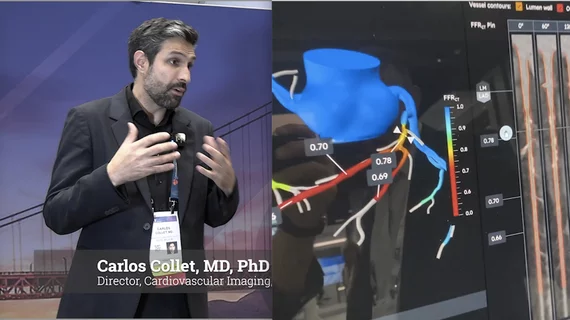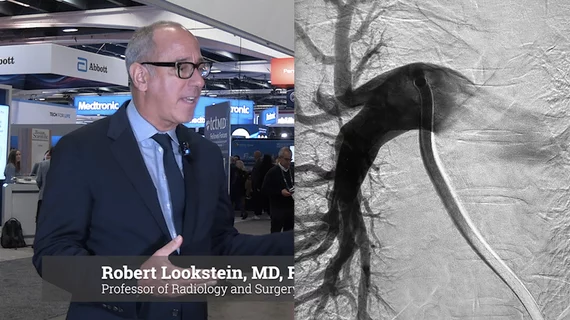Wayne, NJ, June 5, 2018 – Konica Minolta Healthcare Americas, Inc., a recognized leader in medical imaging systems and healthcare IT, announces the introduction of AeroRemote™ Insights, a cloud-based, business intelligence and analytics solution that delivers detailed information on asset utilization, department workflow and efficiency, system health and more. AeroRemote Insights provides daily performance data in intuitive visual formats that managers can utilize to optimize department performance and manage digital radiography assets. This new service also enables managers to act on urgent situations immediately and respond to usage trends intelligently.








